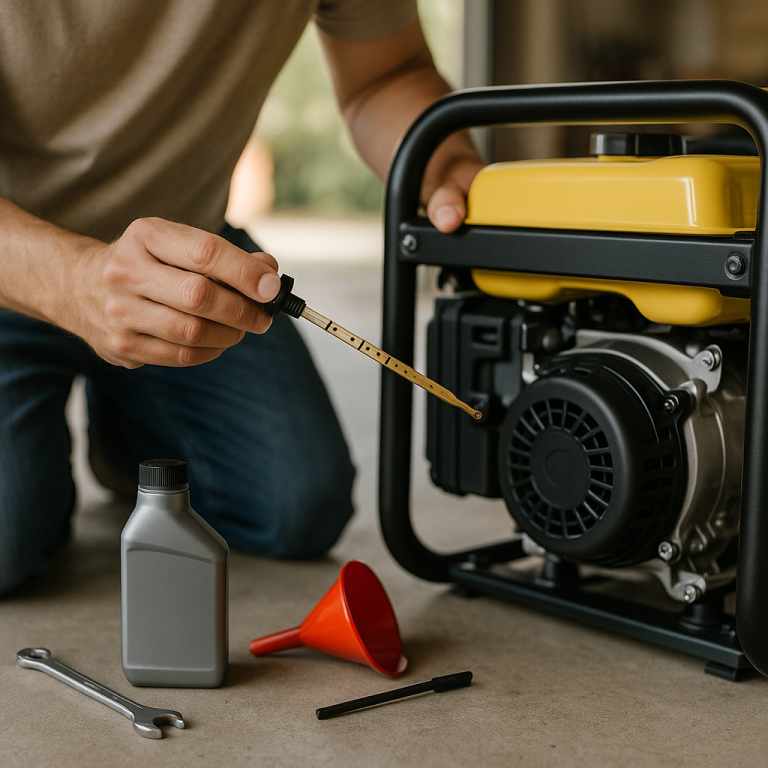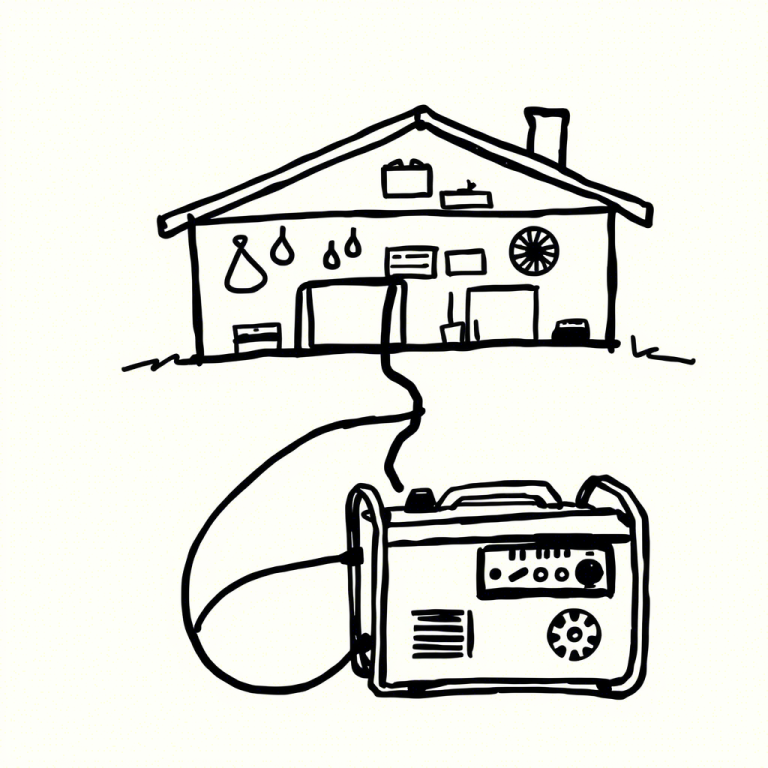Are Generators Dangerous?
Generators can be dangerous if they are not used properly, as they produce electricity and can potentially cause electrical shocks, fires, and carbon monoxide poisoning. In this blog post, we will discuss the potential dangers of generators and provide tips for safely using and maintaining generators to reduce the risk of accidents and injuries.
Electrical Shocks
One of the main dangers of generators is the risk of electrical shocks. Generators produce high-voltage electricity, and coming into contact with live electrical components can result in serious injury or death. To reduce the risk of electrical shocks, it is important to follow proper safety precautions when using a generator, including:
- Use ground fault protection: If the generator is not equipped with built-in ground fault protection, use a ground fault circuit interrupter (GFCI) to protect against electrical shocks.
- Keep a safe distance: Keep a safe distance from the generator to avoid coming into contact with live electrical components.
- Wear appropriate clothing: Wear waterproof clothing and footwear to protect yourself from the rain. Avoid wearing metal jewelry or other items that could conduct electricity.
- Avoid standing water: Do not operate the generator in standing water or near any other sources of water. If the generator falls into water, turn it off immediately and unplug it before attempting to remove it.
Fires
Generators can also pose a fire risk if they are not used properly. To reduce the risk of fires, it is important to follow the manufacturer’s instructions for operating the generator and to take the following precautions:
- Use the generator in a well-ventilated area: Generators produce exhaust fumes that can be harmful if inhaled. To prevent carbon monoxide poisoning, it is important to use the generator in a well-ventilated area.
- Keep the generator dry: Avoid placing the generator on wet ground or in standing water. If the generator becomes wet, dry it off with a clean, dry cloth before operating it.
- Keep the generator away from flammable materials: Do not place the generator near flammable materials, such as gasoline, propane, or natural gas.
- Follow proper shutdown procedures: When shutting down the generator, make sure to follow the manufacturer’s instructions for proper shutdown procedures. This will help prevent damage to the generator and ensure that it is ready to be used again when needed.
Carbon Monoxide Poisoning
Generators produce exhaust fumes that contain carbon monoxide (CO), which is a poisonous gas that can be deadly if inhaled. Carbon monoxide is colorless, odorless, and tasteless, and can build up to dangerous levels in enclosed or poorly ventilated spaces. To reduce the risk of carbon monoxide poisoning, it is important to follow the manufacturer’s instructions for operating the generator and to take the following precautions:
- Use the generator in a well-ventilated area: As mentioned above, it is important to use the generator in a well-ventilated area to prevent carbon monoxide poisoning.
- Keep the generator away from windows, doors, and air intakes: Do not place the generator near windows, doors, or air intakes, as this can allow carbon monoxide to enter the building.
- Install CO alarms: Install CO alarms in your home to detect the presence of carbon monoxide and alert you if dangerous levels are detected.
- Know the symptoms of CO poisoning: Symptoms of CO poisoning include headache, dizziness, weakness, nausea, and chest pain. If you experience any of these symptoms while using a generator, turn off the generator immediately and seek medical attention.
Safety Precautions
To minimize the risk of electrical hazards and other dangers associated with generators, it is important to follow proper safety precautions when operating a generator. Some safety precautions to take include:
- Follow the manufacturer’s instructions: Always read and follow the manufacturer’s instructions for operating the generator. These instructions will provide important information on how to safely use the generator and how to prevent accidents and injuries.
- Use the generator in a well-ventilated area: Never use a generator in an enclosed space, such as a garage or shed. Generators produce carbon monoxide and other harmful gases, which can build up in enclosed spaces and pose a risk of carbon monoxide poisoning.
- Keep the generator dry: Avoid placing the generator on wet ground or in standing water. If the generator becomes wet, dry it off with a clean, dry cloth before operating it.
- Secure electrical connections: Make sure all electrical connections are secure and free of moisture. If any connections are damaged or exposed, do not operate the generator until they have been repaired or replaced.
- Use ground fault protection: If the generator is not equipped with built-in ground fault protection, use a ground fault circuit interrupter (GFCI) to protect against electrical shocks.
- Keep a safe distance: Keep a safe distance from the generator to avoid coming into contact with live electrical components.
- Wear appropriate clothing: Wear waterproof clothing and footwear to protect yourself from the rain. Avoid wearing metal jewelry or other items that could conduct electricity.
- Avoid standing water: Do not operate the generator in standing water or near any other sources of water. If the generator falls into water, turn it off immediately and unplug it before attempting to remove it.
- Follow proper shutdown procedures: When shutting down the generator, make sure to follow the manufacturer’s instructions for proper shutdown procedures. This will help prevent damage to the generator and ensure that it is ready to be used again when needed.
Conclusion
While generators can be useful tools, it is important to understand the potential dangers associated with their use and to take proper safety precautions when operating a generator. By following the manufacturer’s instructions, using the generator.


